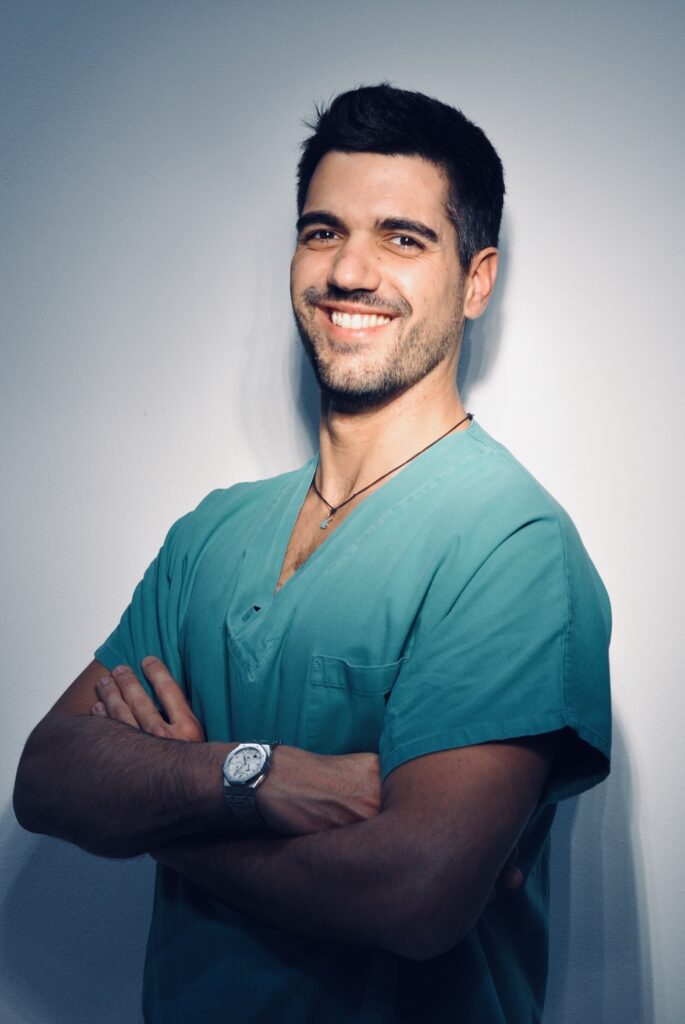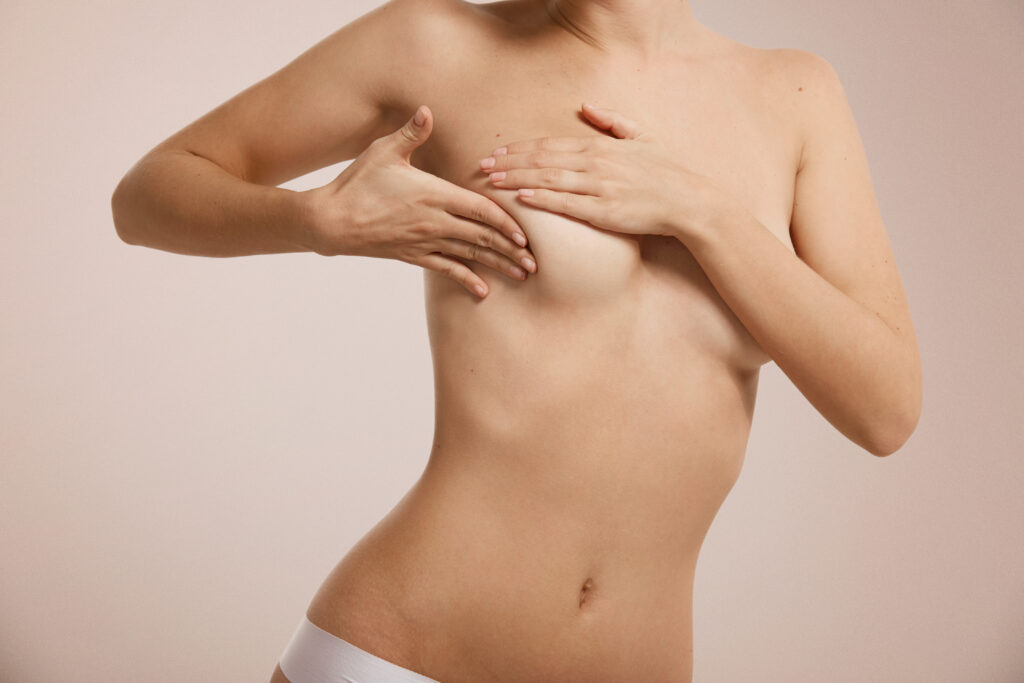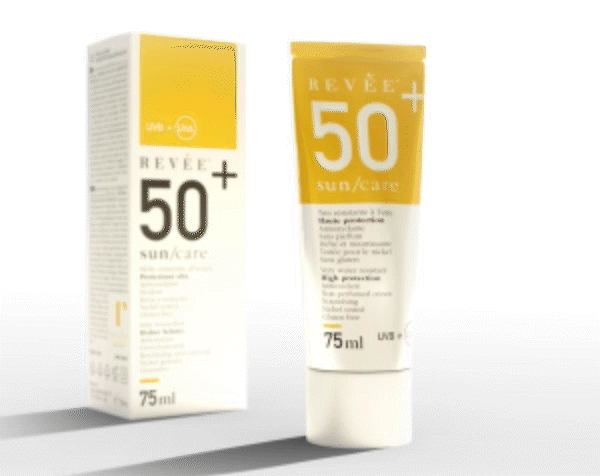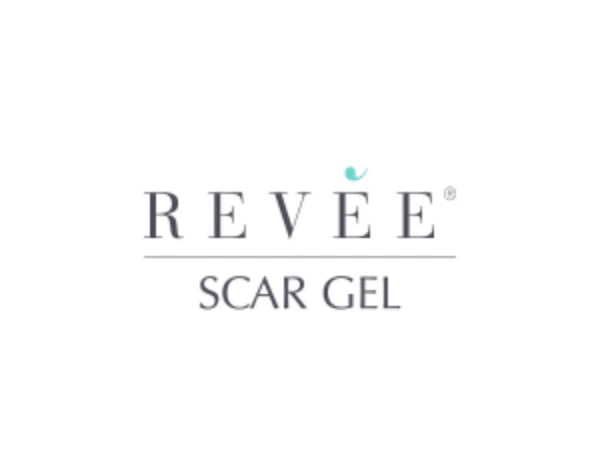Medical doctors and Surgeons
Nipple reconstruction: the advantage of new techniques
Nipple reconstruction is a crucial phase in the breast reconstruction journey, both from an aesthetic and psychological perspective. Dr. Federico Cipriani, a specialist in plastic, reconstructive, and aesthetic surgery at the Franchini Hospital in Santarcangelo di Romagna, explains the details of this procedure. Dr. Cipriani is an expert in breast reconstruction, cutaneous oncology, and post-bariatric surgery.
Nipple reconstruction is often considered the final step in a complex and multifaceted process like breast reconstruction. This procedure has a significant impact on patients, as it symbolizes the conclusion of a long and challenging journey. From an aesthetic standpoint, nipple reconstruction helps restore a more natural and harmonious appearance to the breast, ultimately improving patients’ quality of life.
The reconstructive technique
The nipple reconstruction procedure is relatively simple and quick, and in most cases, it can be performed under local anesthesia. The operated area is generally not very sensitive, making local anesthesia sufficient in 99% of cases.

The technique used by Dr. Cipriani and his team involves the use of local flaps, which are tissues taken from the area surrounding the breast.
These flaps are shaped and sutured together, creating a structure similar to a “small dumpling” that reconstructs the prominence of the nipple. The initial design, resembling an arrow, allows for a natural projection of the nipple.
«We start with a stylized 2D design – explains Dr. Cipriani – in our case, an arrow-shaped flap, which enables us to recreate the prominence and projection of the nipple itself».
The use of homologous dermis in nipple reconstruction
One of the most innovative aspects of the technique adopted by Dr. Cipriani is the use of homologous dermis, a tissue sourced from a cadaver donor. This choice stems from the need to address a common issue in traditional reconstructions: the flattening of the nipple over time. In fact, local flaps tend to lose their projection within six months to a year after the procedure due to the lack of tissue rigidity and scar retraction.
The homologous dermis, inserted within the flaps, acts as a kind of “scaffolding,” providing greater stability and longevity to the reconstruction. This approach has been shown to maintain nipple projection over time, offering more lasting results compared to traditional techniques.
This technique offers numerous advantages over others. Dr. Cipriani emphasizes that: «The main advantage over the use of conventional local flaps is greater durability and long-term stability of the nipple’s projection».
Other techniques, such as the use of synthetic dermis or autologous cartilage (taken from the patient themselves), are often more expensive and invasive. Homologous dermis, on the other hand, has a negligible cost (around €28 per patient) and does not require additional surgical incisions, making it a beneficial solution both economically and clinically.
Other techniques, such as the use of synthetic dermis or autologous cartilage (taken from the patient themselves), are often more expensive and invasive. Homologous dermis, on the other hand, is very low-cost (around 28 euros per patient) and does not require additional surgical incisions, making it a beneficial solution both economically and clinically.
Suitable patients and possible complications
Not all patients are ideal candidates for this procedure. Smoking, for example, is a significant contraindication. «Smoking fundamentally causes substantial damage to the microcirculation– explains the doctor – This can affect the success of the procedure, potentially leading to necrosis, which can range from partial to complete loss of the reconstructed nipple».

However, patients who have undergone radiotherapy can still benefit from this technique without significant issues.
The success rate of nipple reconstruction using homologous dermis is very high. According to a study published by Dr. Cipriani’s team, «the success rate was 96%. In one case, there was an almost total loss, but through proper wound care, the situation was successfully managed».
The complications observed were mostly mild: «such as delayed healing or small areas of partial necrosis, often associated with pre-existing conditions like diabetes or hypertension».
Nipple reconstruction represents a crucial moment in the breast reconstruction journey, with a significant impact on patients’ psychological well-being and aesthetic outcomes.
Dr. Cipriani concludes: «Nipple reconstruction is the final step in the process. It has a profound psychological impact on patients because they truly experience it as the completion of their journey».




































